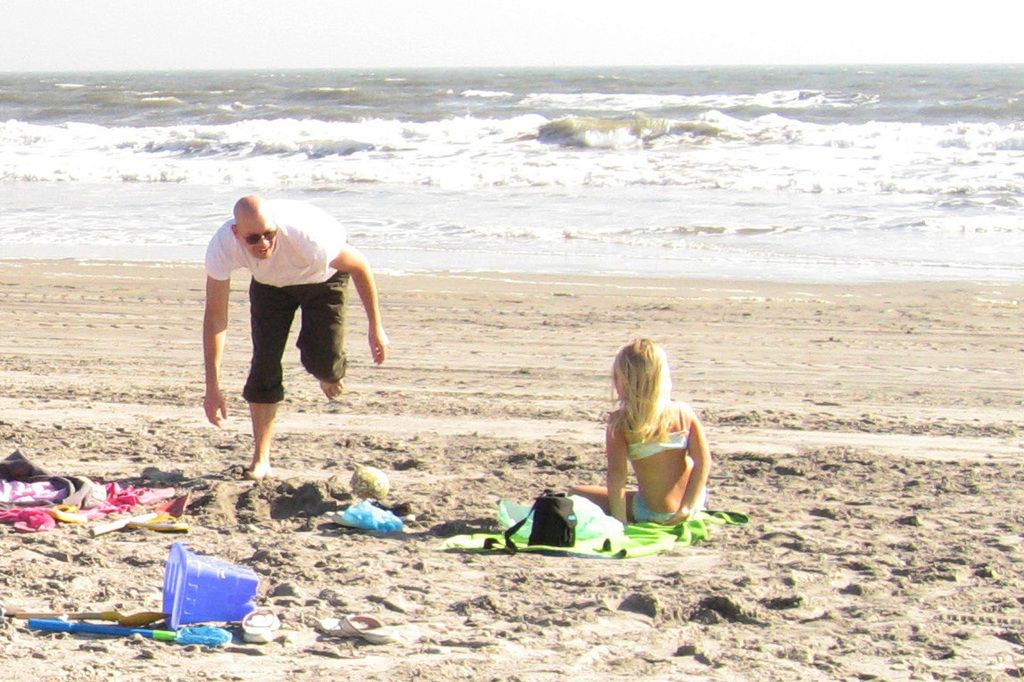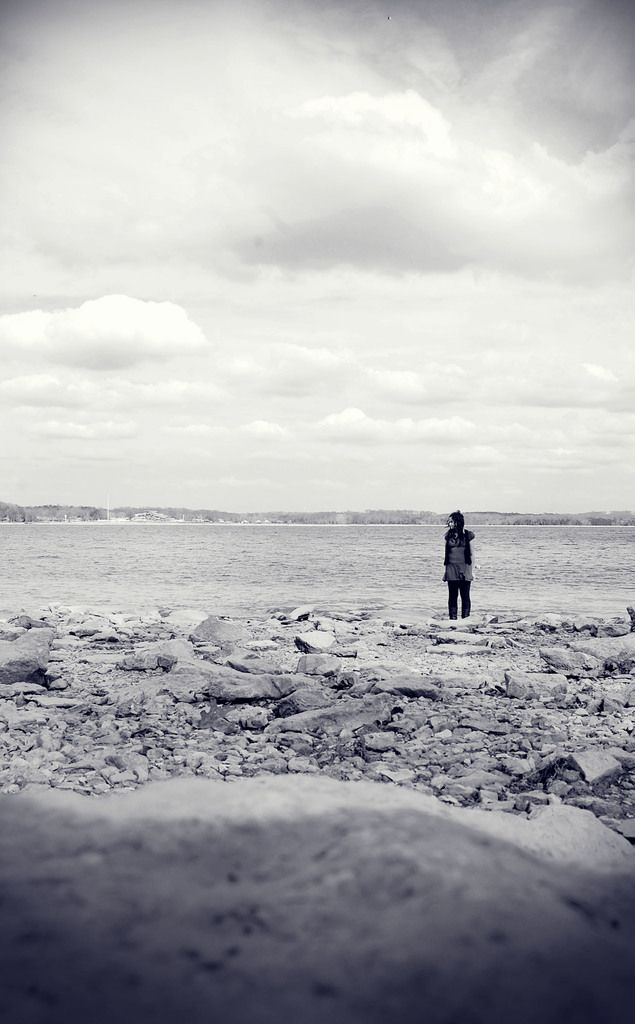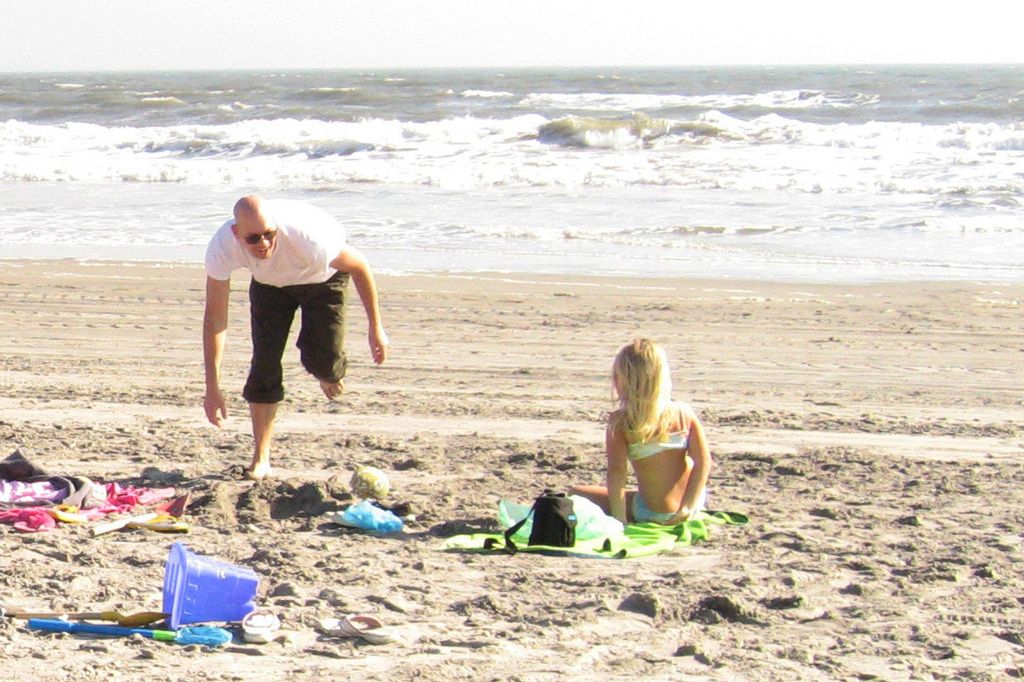Bryce Canyon National Park Establishment Date
Bryce Canyon National Park: A Century-Long Journey to Protect a Spectacular Landscape
Established on February 25, 1928, Bryce Canyon National Park in Utah is a testament to a century-long effort to preserve a unique and captivating landscape.
The path to protection began in 1923 when President Warren G. Harding proclaimed the area a national monument. This was followed by a series of significant milestones:
- June 7, 1924: Congress passed a bill to establish "Utah National Park," conditional on the federal government acquiring all the land encompassed within the national monument.
- Over the subsequent three years, a process of transferring ownership of private and state-held land to the federal government took place.
- February 25, 1928: With land acquisition complete, the park was officially designated as a national park, and the name "Bryce Canyon" was restored, replacing the temporary "Utah National Park" designation.
Additionally, President Herbert Hoover issued two proclamations in 1931 to expand the park to its current size of 35,835 acres.
The park owes its name to Ebenezer Bryce, a Scottish immigrant and Mormon pioneer who homesteaded in the area in 1874. He reportedly described the amphitheaters as "a helluva place to lose a cow."
J.W. Humphrey, a U.S. Forest Service Supervisor, played a significant role in the park's creation. Transferred to Panguitch, Utah in July 1915, he was taken to view the eastern edge of the Paunsaugunt Plateau (now Sunset Point). Struck by its beauty, he worked tirelessly to make it accessible to the public and even promoted it through photography, movies, and magazine articles.
Today, Bryce Canyon National Park is renowned worldwide for its distinctive geological structures called hoodoos, formed by frost weathering and stream erosion. It remains one of Utah's most visited natural treasures.
Originally homesteaded in 1874, the area was first sustained by agricultural efforts. However, its unique geography and stunning beauty soon attracted conservationists who advocated for its protection and eventual designation as a national park in 1928.
The establishment and renaming of Bryce Canyon National Park occurred during a period when national parks were gaining prominence as protected areas. The park's distinctive geological features, such as its hoodoos, made it a compelling candidate for national park status, which was officially granted in 1928.
While Theodore Roosevelt is often credited with establishing many national parks and monuments, he did not establish Bryce Canyon National Park. However, his influence on national conservation efforts set the stage for future designations like Bryce Canyon.
References:[1] Ebenezer Bryce Quote[5] Bryce Canyon National Park History
- The stunning landscape of Bryce Canyon National Park, regardless of the natural weather, offers a breathtaking sunset that is a must-see for any traveler.
- Established in 1928, Bryce Canyon National Park in Utah is one of the national parks that showcases a unique collection of hoodoos, a distinctive geological formation.
- In the home-and-garden sector, choosing a lifestyle that embraces tranquility and close proximity to nature might lead one to purchase a home near national parks such as Bryce Canyon.
- Since President Warren G. Harding's proclamation in 1923, there have been significant milestones in the transformation of Bryce Canyon from a national monument to a national park.
- The park's original homesteader, Ebenezer Bryce, may have seen it as a place to lose a cow, but today, Bryce Canyon National Park is a treasure that attracts millions of visitors each year.
- A visit to Bryce Canyon National Park provides ample opportunities for exploring and appreciating the natural beauty of the park's forests, canyons, and parks within a larger network of Utah's natural landscapes.
- For those who enjoy an active lifestyle, hiking trails in Bryce Canyon National Park offer a unique opportunity to experience the park's landscapes up close, as well as test one's navigational skills by using a map to find their way through the park.




